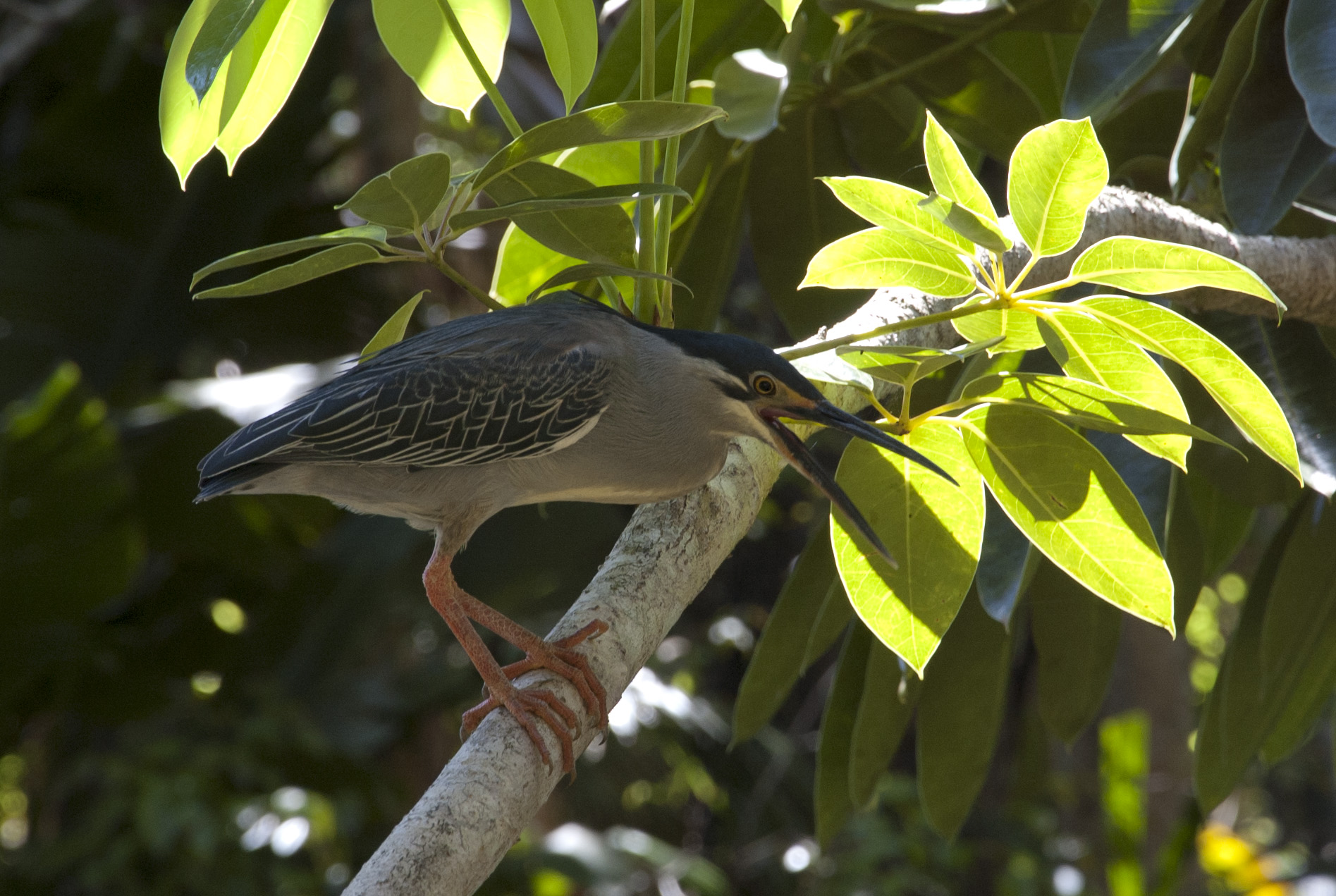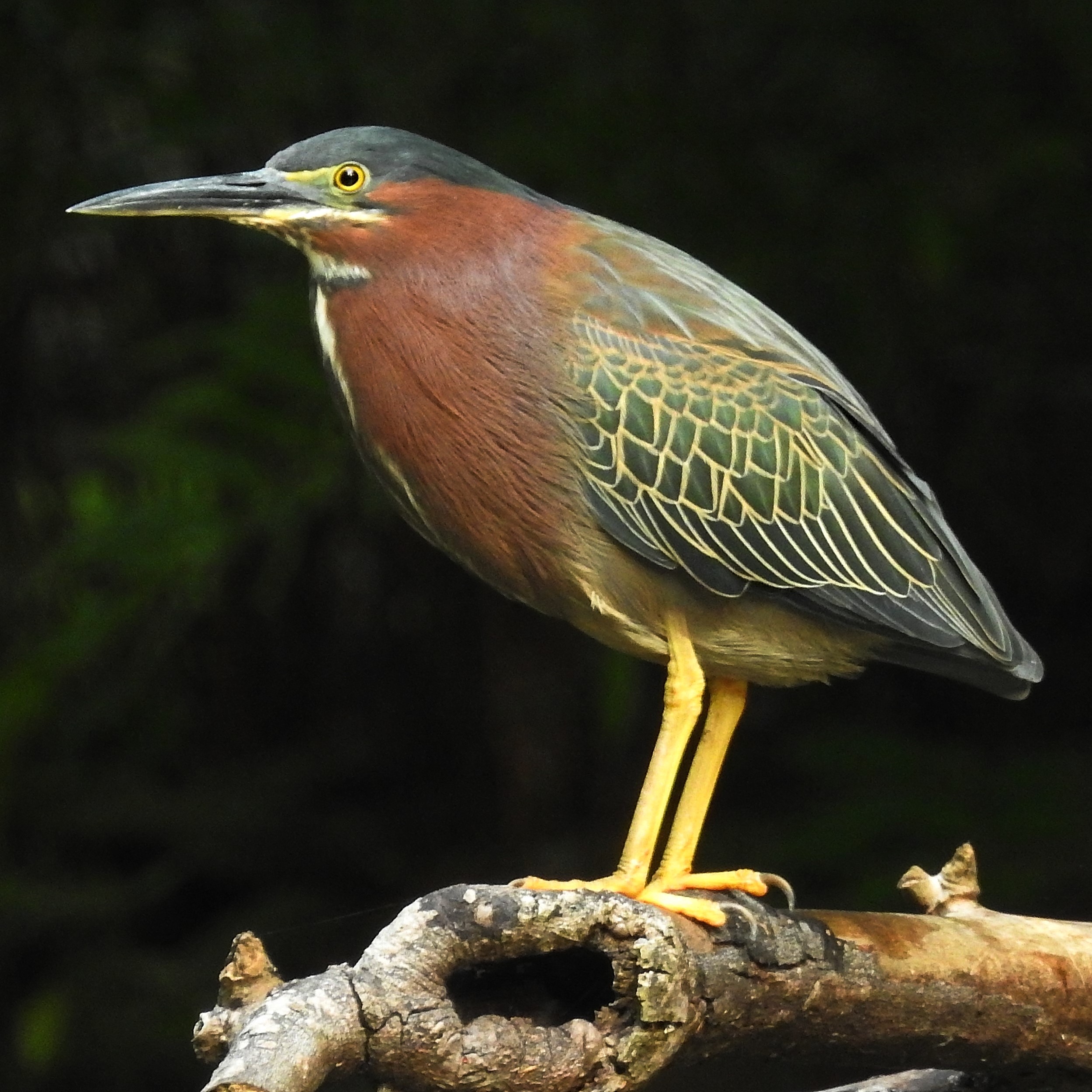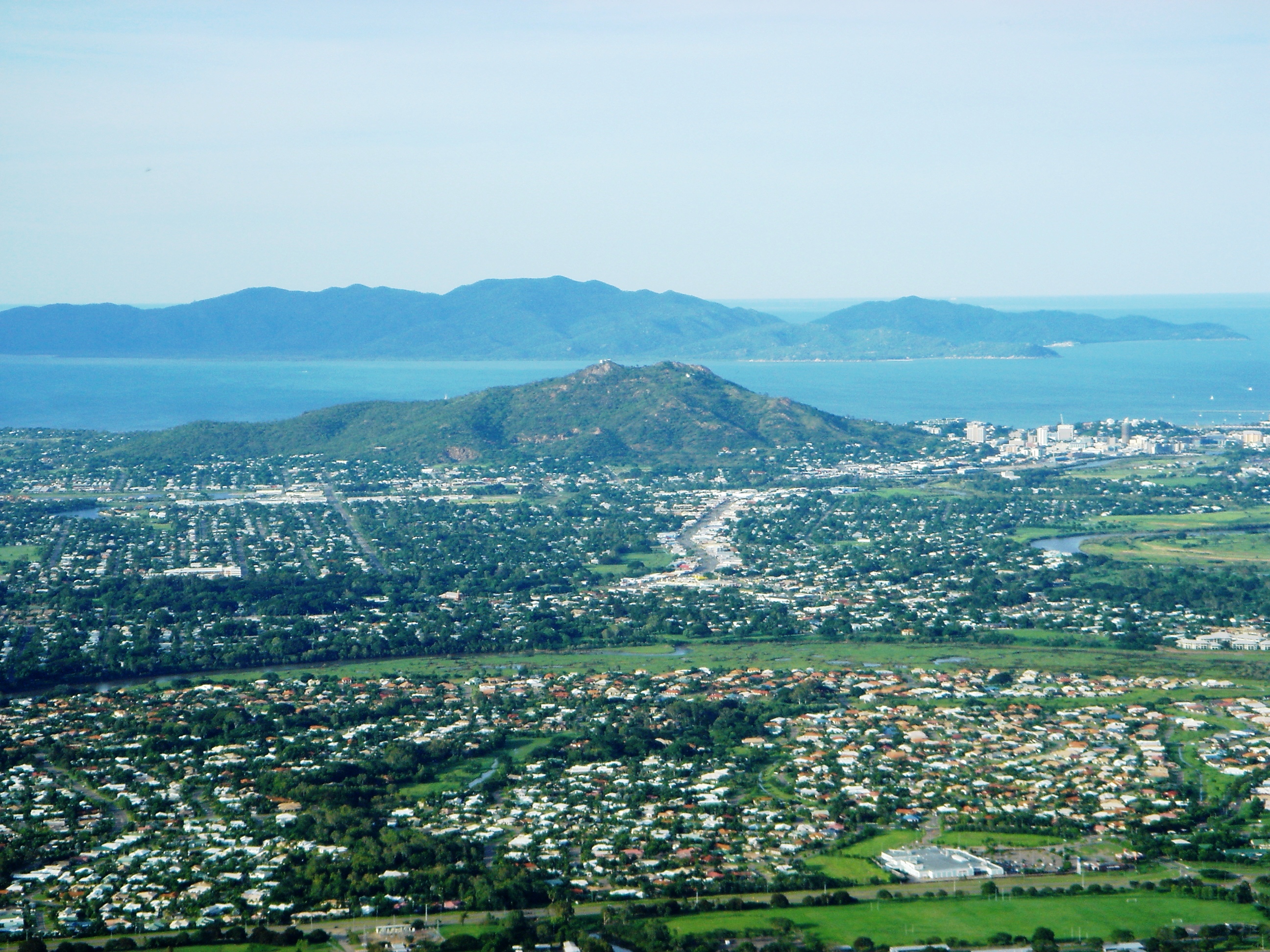|
Little Mangrove Heron
The striated heron (''Butorides striata'') also known as mangrove heron, little green heron or green-backed heron, is a small heron, about 44 cm tall. Striated herons are mostly sedentary and noted for some interesting behavioral traits. Their breeding habitat is small wetlands in the Old World tropics from west Africa to Japan and Australia, and in South America and the Caribbean. Vagrants have been recorded on Oceanic islands, such as Chuuk and Yap in the Federated States of Micronesia, the Marianas and Palau; the bird recorded on Yap on February 25, 1991, was from a continental Asian rather than from a Melanesian population, while the origin of the bird seen on Palau on May 3, 2005 was not clear. This bird was long considered to be conspecific with the closely related North American species, the green heron, which is now usually separated as ''B. virescens'', as well as the lava heron of the Galápagos Islands (now ''B. sundevalli'', but often included in ''B. stria ... [...More Info...] [...Related Items...] OR: [Wikipedia] [Google] [Baidu] |
Carl Linnaeus
Carl Linnaeus (; 23 May 1707 – 10 January 1778), also known after his ennoblement in 1761 as Carl von Linné Blunt (2004), p. 171. (), was a Swedish botanist, zoologist, taxonomist, and physician who formalised binomial nomenclature, the modern system of naming organisms. He is known as the "father of modern taxonomy". Many of his writings were in Latin; his name is rendered in Latin as and, after his 1761 ennoblement, as . Linnaeus was born in Råshult, the countryside of Småland, in southern Sweden. He received most of his higher education at Uppsala University and began giving lectures in botany there in 1730. He lived abroad between 1735 and 1738, where he studied and also published the first edition of his ' in the Netherlands. He then returned to Sweden where he became professor of medicine and botany at Uppsala. In the 1740s, he was sent on several journeys through Sweden to find and classify plants and animals. In the 1750s and 1760s, he continued to collect an ... [...More Info...] [...Related Items...] OR: [Wikipedia] [Google] [Baidu] |
Clutch (eggs)
__NOTOC__ A clutch of eggs is the group of eggs produced by birds, amphibians, or reptiles, often at a single time, particularly those laid in a nest. In birds, destruction of a clutch by predators (or removal by humans, for example the California condor breeding program) results in ''double-clutching''. The technique is used to double the production of a species' eggs, in the California condor case, specifically to increase population size. The act of putting one's hand in a nest to remove eggs is known as "dipping the clutch". Size Clutch size differs greatly between species, sometimes even within the same genus. It may also differ within the same species due to many factors including habitat, health, nutrition, predation pressures, and time of year. Clutch size variation can also reflect variation in optimal reproduction effort. In birds, clutch size can vary within a species due to various features (age and health of laying female, ability of male to supply food, and abundan ... [...More Info...] [...Related Items...] OR: [Wikipedia] [Google] [Baidu] |
Butorides
''Butorides'' is a genus of small herons. It contains three similar species, the green heron or green-backed heron, ''Butorides virescens'', the lava heron (''Butorides sundevalli''), and the striated heron, ''Butorides striatus''. A fossil species, ''Butorides validipes'', is known from the Early Pleistocene of Florida in the United States. ''Butorides'' is from Middle English ''Butor'' "bittern" and Ancient Greek ''-oides'', "resembling". Adults of both extant species are about long, and have a blue-black back and wings, a black cap and short yellow legs. Juveniles are browner above and streaked below, and have greenish-yellow legs. The species have different underpart colours, chestnut with a white line down the front in green heron, and white or grey in striated. Both breed in small wetlands on a platform of sticks often in shrubs or trees, sometimes on the ground. The female lays three to five eggs. Both parents incubate for about 20 days until hatching, and feed th ... [...More Info...] [...Related Items...] OR: [Wikipedia] [Google] [Baidu] |
Journal Of Ornithology
The ''Journal of Ornithology'' (formerly ''Journal für Ornithologie'') is a scientific journal published by Springer Science+Business Media on behalf of the Deutsche Ornithologen-Gesellschaft. It was founded by Jean Cabanis in 1853, becoming the official journal of the Deutsche Ornithologen-Gesellschaft in 1854. The first issue was produced in January 1853 and Cabanis noted that although there were specialist journals in entomology and conchology that there was nothing to deal with ornithology in Germany. Among the first essays published in the journal, was an essay by Reichenbach on the concept of species. According to the ''Journal Citation Reports'', the journal has a 2012 impact factor of 1.632. See also * List of ornithology journals The following is a list of journals and magazines relating to birding and ornithology. The continent and country columns give the location where the journal or magazine is published and may not correspond with its scope or content. See also ... [...More Info...] [...Related Items...] OR: [Wikipedia] [Google] [Baidu] |
Wilson Bulletin
''The Wilson Journal of Ornithology'' (until 2006 ''The Wilson Bulletin'') is a quarterly scientific journal published by the Wilson Ornithological Society. Both the society and its journal were named after American ornithologist Alexander Wilson. See also *List of ornithology journals The following is a list of journals and magazines relating to birding and ornithology. The continent and country columns give the location where the journal or magazine is published and may not correspond with its scope or content. See also * ... External links * BioOne''The Wilson Bulletin'' Vol. 112-117 (2000–2005); free HTML abstracts, subscription required for PDF fulltexts. * BioOne''The Wilson Journal of Ornithology'' Vol. 118 (2006) onwards; free HTML abstracts, subscription required for PDF fulltexts. * SORA''The Wilson Bulletin'' Vol. 1-111 (1889–1999) free PDF/DejaVu fulltexts. Journals and magazines relating to birding and ornithology {{zoo-journal-stub ... [...More Info...] [...Related Items...] OR: [Wikipedia] [Google] [Baidu] |
John Gerrard Keulemans
Johannes Gerardus Keulemans (J. G. Keulemans) (8 June 1842 – 29 March 1912) was a Dutch bird illustrator. For most of his life he lived and worked in England, illustrating many of the best-known ornithology books of the nineteenth century. Biography Keulemans was born in Rotterdam. As a young man he collected animal specimens for museums such as the Natural History Museum in Leiden, whose director, Hermann Schlegel, encouraged Keulemans and sent him on the 1864 expedition to West Africa. In 1869, he was persuaded by Richard Bowdler Sharpe to illustrate his '' Monograph of the Alcedinidae, or Family of Kingfishers'' (1868-1871) and to move to England, where he lived for the rest of his life. He was married twice, and had eight children by his first wife and seven children by his second wife. Only nine of his children reached adulthood. He also wrote topics on spirituality, and claimed he had a premonition at the moment of death of one of his sons. He died in Ilford, Essex (now ... [...More Info...] [...Related Items...] OR: [Wikipedia] [Google] [Baidu] |
Santiago Island (Galápagos)
Santiago Island () is one of the Galápagos Islands. It is also known as San Salvador, named after the first island discovered by Columbus in the Caribbean Sea (see San Salvador Island), or as James Island. The island, which consists of two overlapping volcanoes, has an area of and a maximum altitude of , atop the northwestern shield volcano. The volcano in the island's southeast erupted along a linear fissure, and is much lower. The oldest lava flows on the island date back to 750,000 years ago. Geology Santiago Island was formed from a shield volcano eponymously named Santiago. The low, flat summits of the volcano allowed the low-viscosity lava to flow for large distances from the source vents. The volcanic origin of the island has led it to be dotted with holocene pyroclastic rock that can be found across the island. On the eastern and western sides of the island, tuff cones, formed from the rapid interaction of hot lava and water, are visible. The summit of the ... [...More Info...] [...Related Items...] OR: [Wikipedia] [Google] [Baidu] |
North Queensland
North Queensland or the Northern Region is the northern part of the Australian state of Queensland that lies just south of Far North Queensland. Queensland is a massive state, larger than many countries, and its tropical northern part has been historically remote and undeveloped, resulting in a distinctive regional character and identity. Townsville is the largest urban centre in North Queensland, leading it to be regarded as an unofficial capital. The region has a population of 231,628 and covers . Geography There is no official boundary that separates North Queensland from the rest of the state. Unofficially it is usually considered to have a southern border beginning south of the Mackay Region southern boundary, but historically it has been as far south as Rockhampton. To the north is the Far North Queensland region, centred on Cairns and out west is the Gulf Country. A coastal region centred on its largest settlement is the city of Townsville. The city is the locatio ... [...More Info...] [...Related Items...] OR: [Wikipedia] [Google] [Baidu] |
Daintree River
The Daintree River is a river that rises in the Daintree Rainforest near Cape Tribulation in Far North Queensland, Australia. The river is located about northwest of Cairns in the UNESCO World Heritagelisted Wet Tropics of Queensland. The area is now primarily a tourist attraction. Course and features The river rises on the slopes of the Great Dividing Range within the Daintree National Park below Kalkajaka at an elevation of . The river flows in highly meandering course generally north, then east, then south and then east, through the rainforest where the water is fresh. At this convergence point, an abundance of wildlife congregate, particularly fish. The river is joined by two minor tributaries before flowing through the Cairns Marine Park through thick mangrove swamps where the water is highly saline; and then empties into the Coral Sea, north of . The mouth of the Daintree River opens onto a giant sandbar that shifts with each changing tide. The river descends over its ... [...More Info...] [...Related Items...] OR: [Wikipedia] [Google] [Baidu] |
IUCN
The International Union for Conservation of Nature (IUCN; officially International Union for Conservation of Nature and Natural Resources) is an international organization working in the field of nature conservation and sustainable use of natural resources. It is involved in data gathering and analysis, research, field projects, advocacy, and education. IUCN's mission is to "influence, encourage and assist societies throughout the world to conserve nature and to ensure that any use of natural resources is equitable and ecologically sustainable". Over the past decades, IUCN has widened its focus beyond conservation ecology and now incorporates issues related to sustainable development in its projects. IUCN does not itself aim to mobilize the public in support of nature conservation. It tries to influence the actions of governments, business and other stakeholders by providing information and advice and through building partnerships. The organization is best known to the wider ... [...More Info...] [...Related Items...] OR: [Wikipedia] [Google] [Baidu] |
Least Concern
A least-concern species is a species that has been categorized by the International Union for Conservation of Nature (IUCN) as evaluated as not being a focus of species conservation because the specific species is still plentiful in the wild. They do not qualify as threatened, near threatened, or (before 2001) conservation dependent. Species cannot be assigned the "Least Concern" category unless they have had their population status evaluated. That is, adequate information is needed to make a direct, or indirect, assessment of its risk of extinction based on its distribution or population status. Evaluation Since 2001 the category has had the abbreviation "LC", following the IUCN 2001 Categories & Criteria (version 3.1). Before 2001 "least concern" was a subcategory of the "Lower Risk" category and assigned the code "LR/lc" or lc. Around 20% of least concern taxa (3261 of 15636) in the IUCN database still use the code "LR/lc", which indicates they have not been re-evaluate ... [...More Info...] [...Related Items...] OR: [Wikipedia] [Google] [Baidu] |








